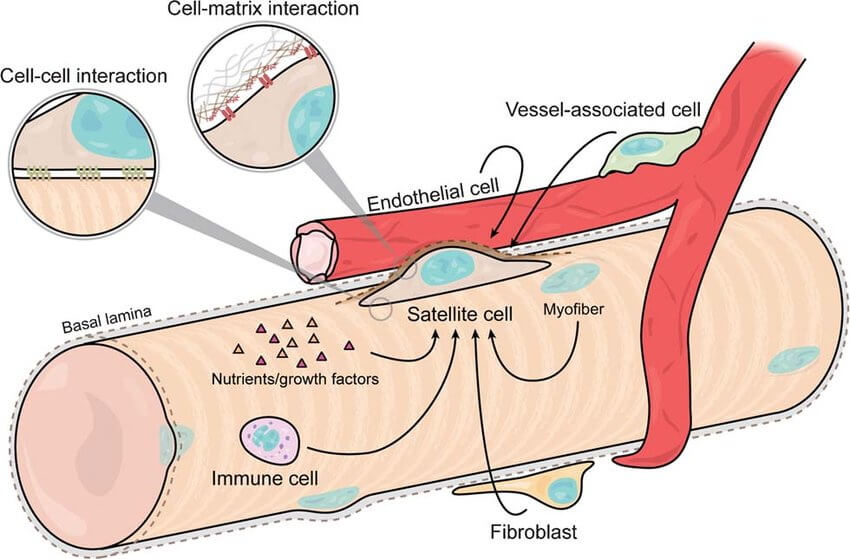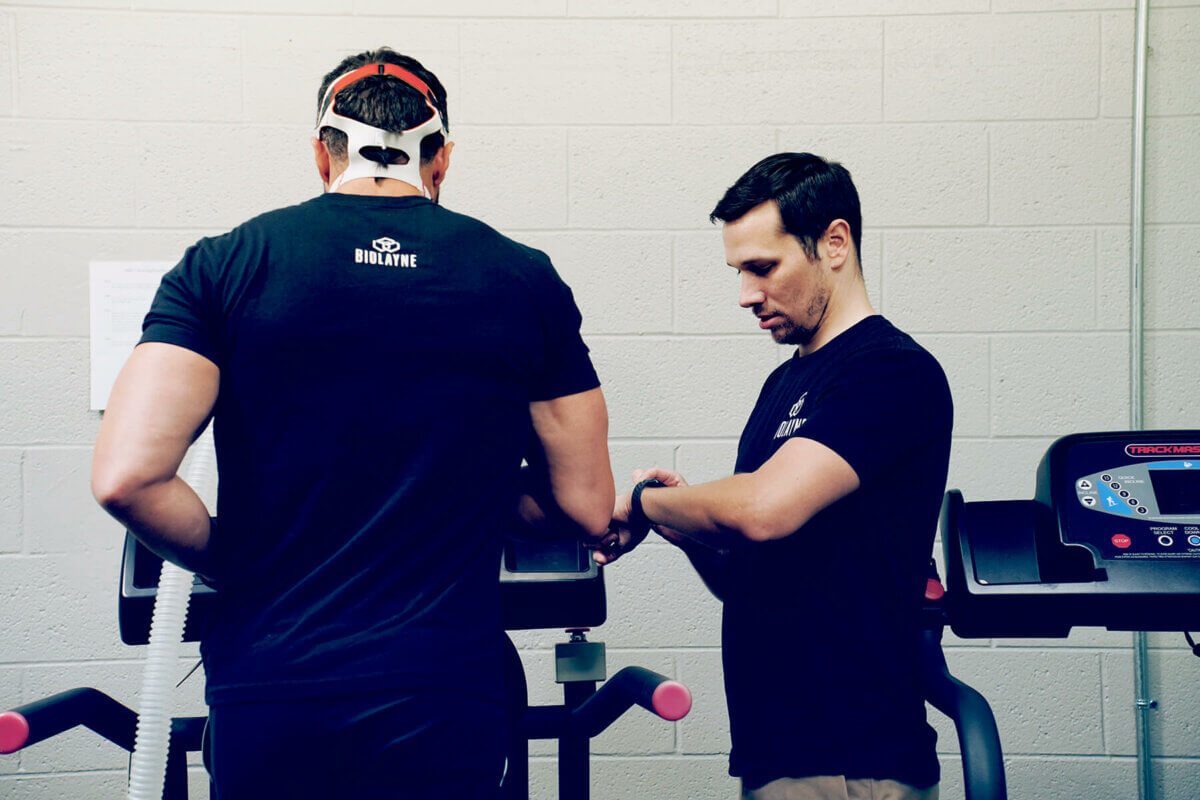Common knowledge suggests that up to a certain point, aerobic and resistance training adaptations can become counterproductive. However, can an aerobic conditioning protocol before a training program benefit muscle growth?
Overview
What did they test? To determine the impact of aerobic conditioning on muscle growth adaptations. Muscle biopsies were analyzed for muscle fiber size, type, capillarization, satellite cell, and myonuclear content.
What did they find? Aerobic conditioning before a training program improved muscular adaptations with significant differences in measures for capillarization, satellite cell activity, and muscle size.
What does it mean for you? It’s essential to have a base level of cardiovascular fitness to enhance muscle capillarization, improving muscle's adaptive response to resistance training.
What’s the Problem?
Since the inception of REPS five short months ago, we’ve discussed many vital structures and systems in the muscle growth process. We’ve also emphasized the incomplete understanding and limitations of the available evidence. We’re simply trying to put the puzzle pieces together for better insight into how our muscles adapt to training. In Article 1 of this issue, we deeply discussed muscle cells and the importance of structures like satellite cells and myonuclei. That review emphasized myonuclei. Even though they’re closely related, this review will focus more on satellite cells and other unique muscular adaptations we haven’t discussed. Moesgaard et al. 2 showed significant increases in satellite cells accompanied by muscle fiber growth. Even though differences were insignificant between fiber types, the increases in satellite cells indicate a contributing factor to muscle growth.
Satellite cells (SC) reside within a specialized microenvironment, tightly packed between the extracellular matrix (ECM) and their host myofibers 3. Satellite cells have a life cycle. Generally lying in a dormant state until activated from training, then they proliferate and either fuse with existing myofiber to increase their transcriptional capacity or they return to their dormant state to replenish the satellite cell pool 4. SC pool expansion is linked to the degree of muscle growth after training further highlighting their importance in muscle hypertrophy 17. The muscle fiber image should look familiar because it was also in the previous article. Once again it’s important to realize the complex and intricate environment around muscle fibers. Still, you can see how it wouldn’t be surprising to discover contributions to muscle growth from other systems or cells. One is the vascular system or the blood supplied to muscle fibers. But before we go any further let’s set the table with the relevancy here.

A common recommendation for anyone looking to maximize muscle growth is to perform minimal cardio because you don't want to burn your muscle" or "break down muscle" during cardio. However, bodybuilders are also notorious for performing high amounts of cardio as a tool to increase the calorie deficit. In exercise science there’s something called the “interference effect”. The interference effect suggests that at a certain point the demands for aerobic exercise interfere with muscle building processes on a molecular level 11 12. Much of the narrative regarding cardio is based around some studies suggesting an interference effect with resistance training and cardio, as demonstrated by a meta-analysis from 10 years ago 13. Specifically, researchers indicated that running, but not cycling negatively impacted hypertrophy and strength. This was supported by mechanistic data demonstrating that endurance exercise before strength training could impair anabolic signaling 14. However, this interference effect is not always consistent and a recent meta-analysis found no effect of endurance exercise on muscle hypertrophy 1516. Additionally, another recent meta-analysis suggests this “interference effect” may be related more to trained individuals performing same-day aerobic and resistance training 22. So, it appears like most topics the findings and data are complicated and depend on context.
See Layne starting a VO2 max test in the picture? This is probably the most common assessment in exercise science. The term VO2 max simply refers to the maximal amount of oxygen consumption for metabolic purposes. This is a the ‘gold standard’ test of aerobic capacity. Oxygen delivery to the muscles is usually the limiting factor during exercise tests of VO2 max. Have you ever taken some time off from training and gone back to some higher training volumes with reps around 15 and felt gassed after two sets? Part of that will be from a lack of aerobic conditioning and inefficiencies in transporting metabolic byproducts from active tissues and delivering oxygen-rich nutrients and hormones. This emphasizes the importance of the development of blood vessels (angiogenesis for you nerds out there). It's well known that increased capillary to muscle fiber ratio is partly responsible for improving aerobic capacity in endurance training 6 7. This is similar to resistance training, with evidence showing muscle growth coincides with changes in the microvascular environment in muscle tissue 5 21. Capillarization of the muscle refers to increased blood vessels in the microvascular environment surrounding each muscle fiber. This is an adaptation less spoken about, but gaining some interest from this particular team of researchers who showed muscle capillary content might be a significant regulator of SC proliferation 8. Additionally, older adults with higher relative muscle capillarization before training experienced greater myofiber growth 9. This brings us to our current review investigating the relationship between muscle capillarization, muscle growth, and satellite cell activity. What if moderate-intensity cardio three times a week could increase muscle growth, would you do it?

Purpose & Hypothesis
Researchers investigated the impact of aerobic training adaptations on muscle growth and satellite cell activity after a training plan. Based on previous hypotheses 8 10 11, researchers anticipated performing an aerobic training program before a resistance training program would increase muscle capillarization and, ultimately, greater muscle growth. Because of this muscle growth from increased capillarization after aerobic training, researchers expected an increase in satellite cell content and activation greater than a training plan alone.







